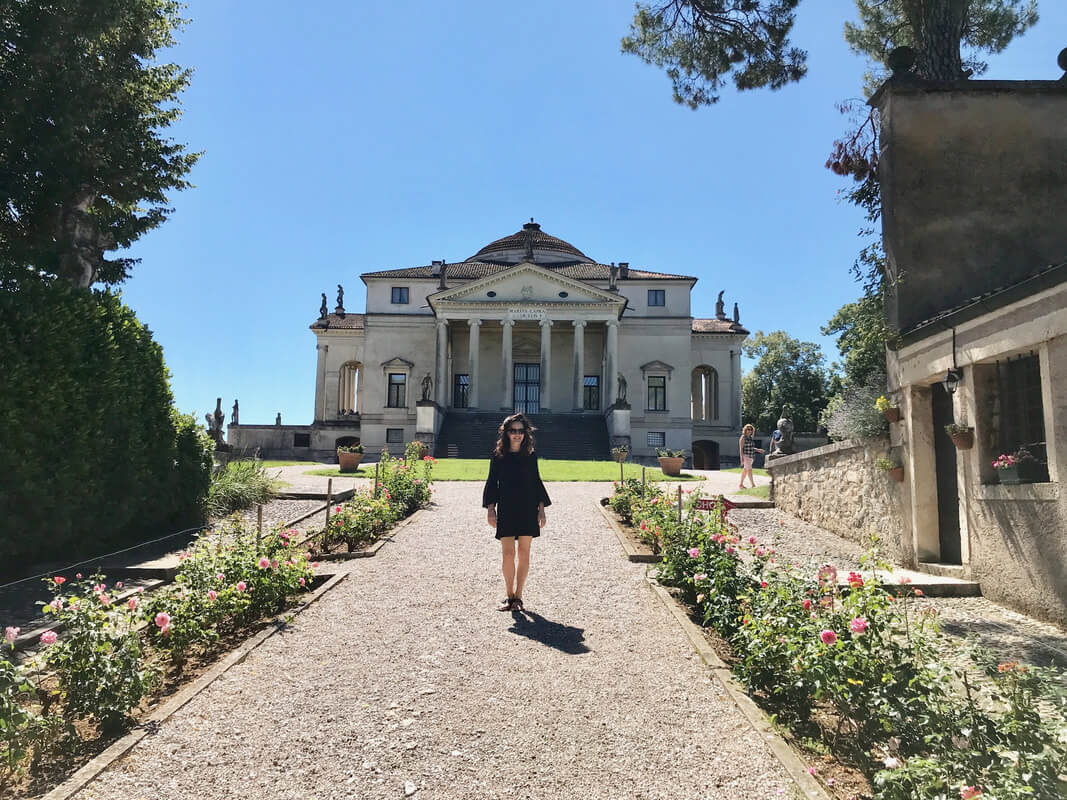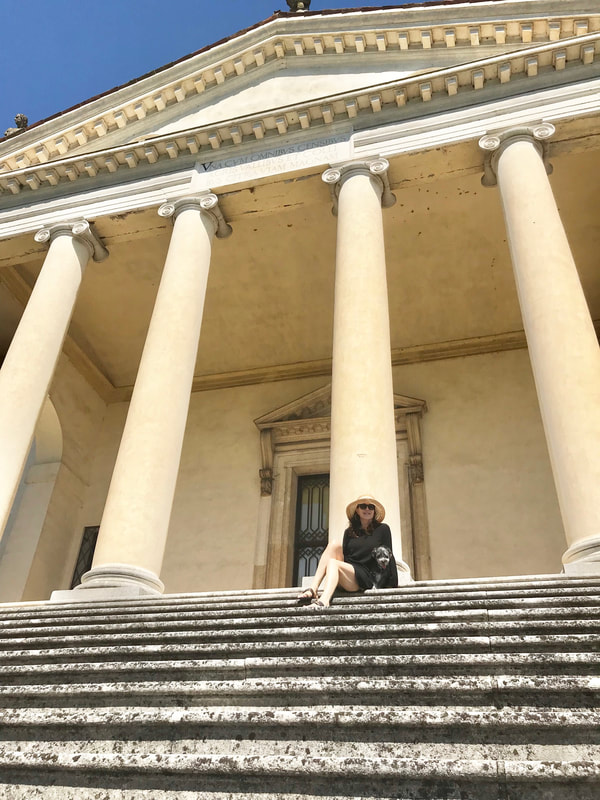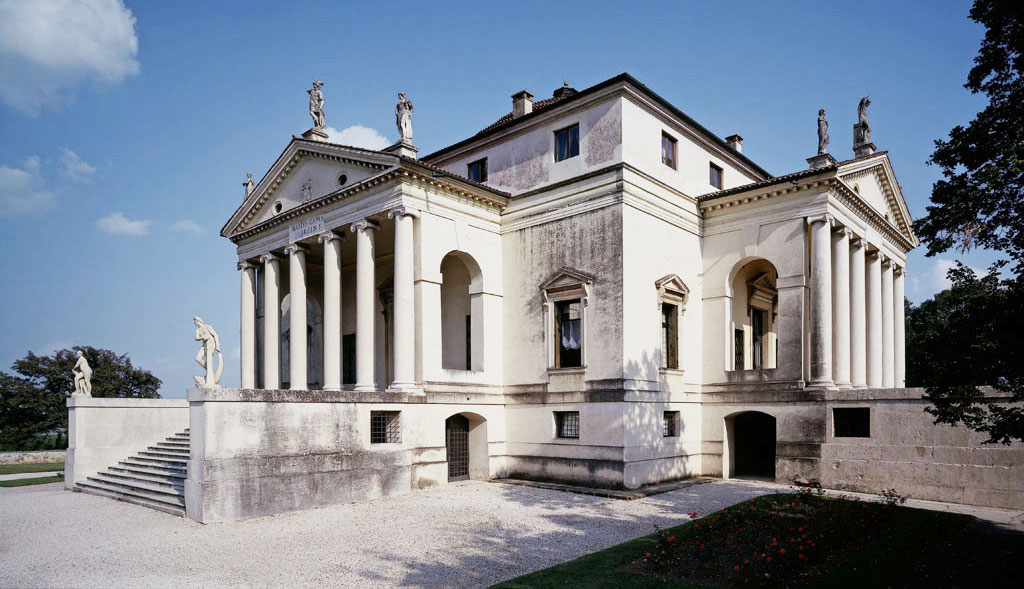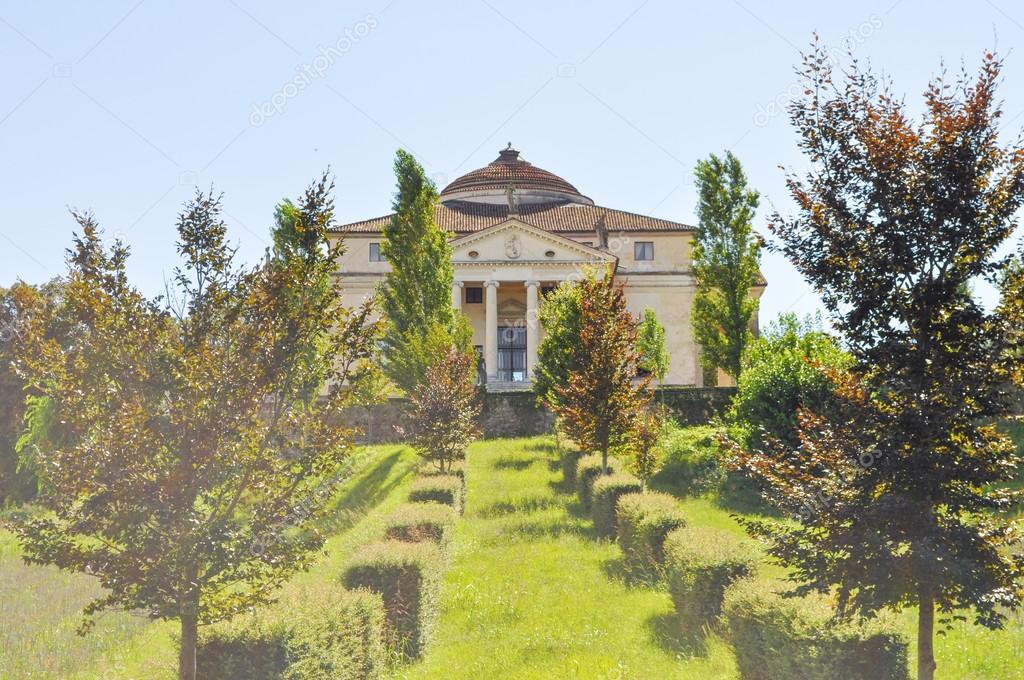On the bucket list of every architecture and design lover, you would find a visit to Villa Rotonda, the country house, which late Renaissance architect Andrea Palladio (1508-1580) designed as a summer house, and which is famously set on a hilltop outside of Vicenza, overlooking the dazzling agricultural landscape of Veneto. One of a series of villas, which Palladio designed for members of the Venetian high society, Villa Rotonda is certainly his most iconic, most imaginative, a building turned myth. We have made this architecture pilgrimage this week, making our way to see this legendary neoclassical villa, of which square plan with four identical facades has lent it with its nick name, Rotonda. Palladio, one of the most influential architects of all time relied on the typology of the ancient Roman villa, however, his interpretations and principles were genius, original, inventive, and highly influential. He utilized architecture to express social power, making his villas monumental, harmonious, and classical at the same time. But I think that his most powerful and significant principle is the way in which he reinvented architecture, utilizing the ancient language for a new typology. Bu simplifying the forms, stripping down all ornaments, he demonstrated to many generations to come that the departure from the old has the potential to give birth to the new. He moved the urban Pallazo type to the agricultural villas of Venetian aristocracy, offering the most sophisticated and beautiful buildings for country living, integrating architecture into the spectacular landscape of Veneto, and made history. As you walk from the small jeweled chapel that Palladio designed for Villa Rotonda, and through the wide gate towards the house, you immediately understand its legacy. Palladio understood the power of architecture to evoke surprise, imagination, and inspiration, and by introducing rustication, bricks covered with plaster rather than stone or marble, he had introduced new type of simplicity to the grand, creating a new architectural format. The list of his admirers is long, including such iconic architects as Robert Adam, Lord Burlington, and Thomas Jefferson, who created his home Monticello and the arrangement for the neoclassical University of Virginia based on what he learnt from Palladio. And to us, it was a fulfillment of a dream on an early summer day.





